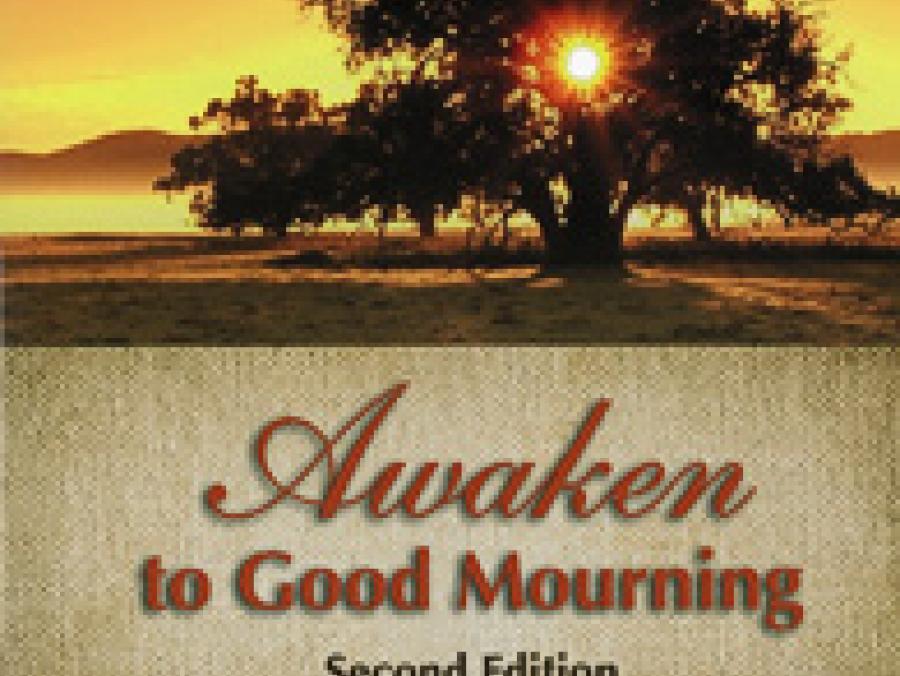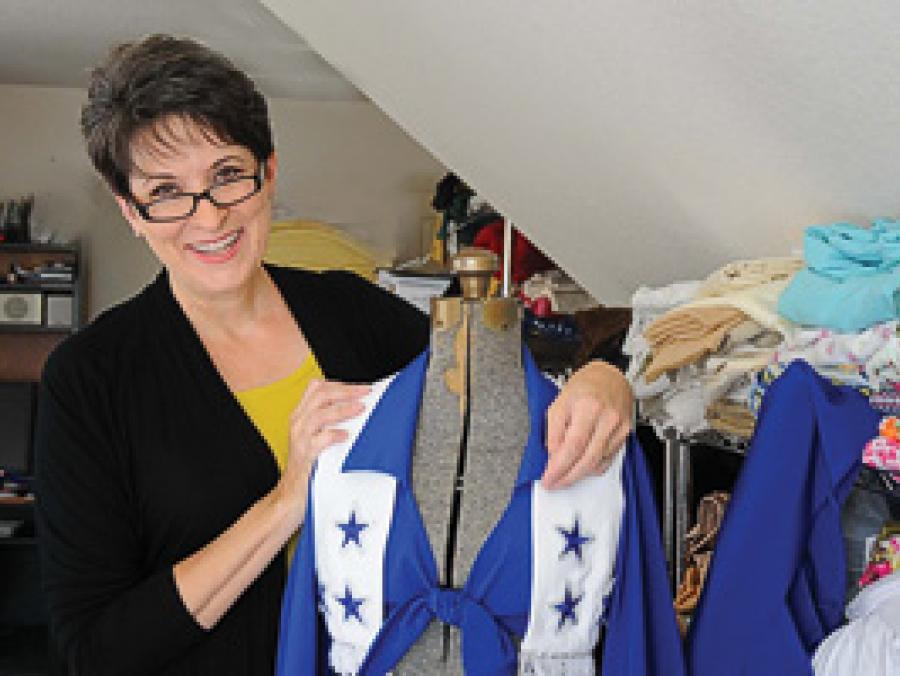How can you stay healthy for a flu-free fall?
Everyone dreads fighting the cold and flu season, and the 2009 H1N1 influenza virus caused more concern than usual.
“The typical flu season lasts from November to March and generally peaks in February,” says Herschel Voorhees (’75, ’82 M.S.), director of clinical services at UNT’s Student Health and Wellness Center. “While we saw an increased number of H1N1 cases during the summer and fall of 2009, this year we don’t anticipate that resurgence.”
Voorhees, who earned a D.O. from the UNT Health Science Center, offers the following tips for how to determine if your runny nose is a sign of a cold or the flu, and how to keep from getting sick in the first place.
Cold or flu
- A cold’s symptoms are milder — headache or body aches, runny nose, sneezing, sore throat, watery eyes.
- Influenza symptoms develop rapidly and can include fever, cough, chills and fatigue along with sore throat and more severe aches. H1N1 often includes nausea and diarrhea, and some patients do not run fever.
- Seek emergency care if you are having difficulty breathing, chest pain or pressure, confusion, dizziness or prolonged vomiting, and if symptoms improve but then get worse with high fever and cough. Seek emergency care for small children if they are breathing rapidly, have bluish skin or lips, are not taking fluids, or are lethargic, irritable or, in the case of infants, inconsolable.
Staying healthy
- The Centers for Disease Control and Prevention recommends getting influenza vaccinations that include H1N1 as soon as they’re available, for everyone 6 months and older. High-risk groups definitely should be vaccinated.
- The best prevention is a vaccine, but antiviral drugs used within 48 hours of the onset of symptoms can help.
- Common sense rules: Avoid close contact with the sick. Wash your hands thoroughly. Get plenty of rest, eat healthy foods, exercise and try to lessen your stress.
























